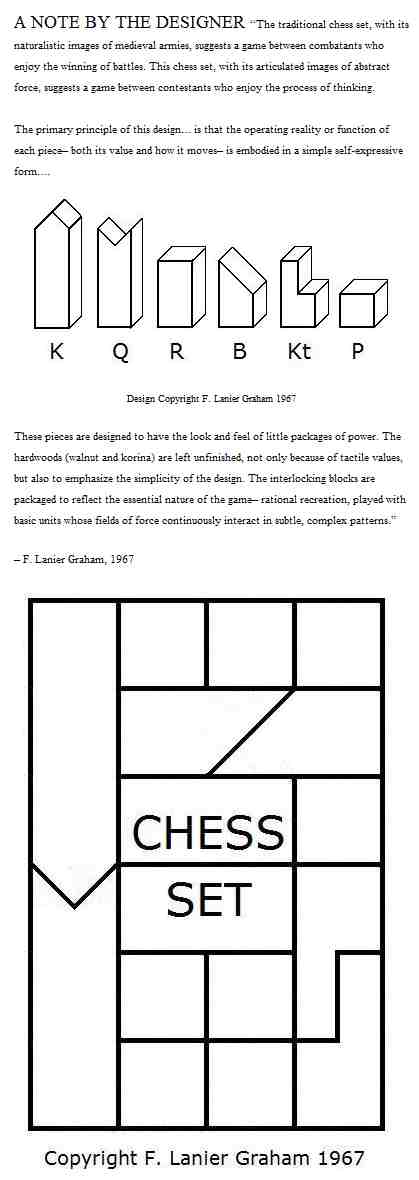The Hopkins mentioned above is not the noted Jesuit
Gerard Manley Hopkins, but rather Jasper Hopkins .
See that Hopkins in this journal on Twelfth Night, 2015.
See as well . . .

The Hopkins mentioned above is not the noted Jesuit
Gerard Manley Hopkins, but rather Jasper Hopkins .
See that Hopkins in this journal on Twelfth Night, 2015.
See as well . . .

From a New York Times book review of a new novel about
Timothy Leary that was in the Times online on April 10 —
"Most of the novel resides in the perspective
of Fitzhugh Loney, one of Leary’s graduate students."
"A version of this article appears in print on ,
on Page 10 of the Sunday Book Review with the headline:
Strange Days."
For material about one of Leary's non -fictional grad students,
Ralph Metzner, see posts now tagged Metzner's Pi Day.
Related material —
The reported publication date of Searching for the Philosophers' Stone
was January 1, 2019.
A related search published here on that date:
* Title suggested by two of Ralph Metzner's titles,
The Expansion of Consciousness and The Unfolding Self .
From the website of Richard P. Gabriel —
" As part of my studies, I came up with a 'theory of poetry'
based loosely on Christopher Alexander’s 'Nature of Order.' "
[The Alexander link is mine, not Gabriel’s.]
A phrase from this journal a year ago today — "poetic order" —
links to the theory of Gabriel —
From Gabriel's "The Nature of Poetic Order" —
Positive Space
• Positive space is the characteristic of a center
that moves outward from itself, seemingly oozing life
rather than collapsing on itself
• An image that resonates is showing positive space
• A word that has many connotations that fit with the
other centers in the poem is showing positive space
• It is an expansion outward rather than a contraction
inward, and it shows that the poem is unfolding
in front of us and not dying
Related material —
From a post of April 26, 2017 —
"I could a tale unfold…" — Hamlet's father's ghost
Or not.
The following Log24 excerpts are from a noted mathematician's
recent date of death, and the preceding date.
Two pictures suggested by recent comments on
Peter J. Cameron's Sept. 17 post about T.S. Eliot—

For some further background, see Symmetry of Walsh Functions.

See also "The Unfolding" in this journal.
For the former, see the previous post.
For the latter, see yesterday's The Unfolding.
Related material —
(Screenshot at 9:08 PM ET)
Heimel on Dating —
|
She adapted “Sex Tips” and “But Enough About You,” a 1986 collection, into a play, “A Girl’s Guide to Chaos,” which opened later that year off Broadway at the American Place Theater. The play is largely a conversation among four friends, one of whom, Cynthia (played by Debra Jo Rupp in the original production) realizes to her horror that she will have to start dating again. “Please, God, no, don’t make me do it!” she says. “I’ll be good from now on, I promise! I’ll stop feeding the dog hashish! I’ll be kind, thoughtful, sober, industrious, anything. But please, God, not the ultimate torture of dating!”
— Richard Sandomir tonight in The New York Times |
<meta property="article:published"
itemprop="datePublished"
content="2018-02-27T19:37:54-05:00" />
(Continued from Seize the Dia, April 6)
Two chess games by Fischer, against two brothers—
1956: "In this game, Fischer (playing Black) demonstrates
noteworthy innovation and improvisation." — Wikipedia
1963: "Fischer [playing Black] had engineered a brilliantly
disguised trap for him and … he had fallen into it." — NY Times
See also this evening's Times obituaries and The Unfolding.
Some context: The Crosswicks Curse.
A chess set previously mentioned in this journal—

These chessmen appeared in the weblog Minimalissimo
on Sept. 20, 2010. In Log24 on that date, the issue was
not so much the chessmen as the underlying board.
See "The Unfolding." See also the following from
the Occupy Space gallery in Limerick today—
| C A V E S – Anthony Murphy Solo Exhibition Opening 7 pm Thursday 1st Dec Exhibition 2nd – 22nd Dec 2011 Plato's allegory of the cave describes prisoners, inhabiting the cave since childhood, immobile, facing an interior wall. A large fire burns behind the prisoners, and as people pass this fire their shadows are cast upon the cave's wall, and these shadows of the activity being played out behind the prisoner become the only version of reality that the prisoner knows. C A V E S is an exhibition of three large scale works, each designed to immerse the viewer, and then to confront the audience with a question regarding how far they, as privileged viewers of the shadows and reflections being played out upon the walls, are willing to allow themselves to believe what they know to be a false reality. The works are based on explorations of simple 2D shapes; regular polygons are exploded to create fractured pattern, or layered upon one another until intricate forms emerge, upon which the projections can begin to draw out a third dimension. |
In memory of an historian of Mexico
who died on Tuesday, July 6, 2010—

Related material—
and
In the latter, click on
the link Eleven.
or: Catullus vs. Ovid
(Today's previous post, "Coxeter vs. Fano,"
might also have been titled "Toronto vs. Rome.")
ut te postremo donarem munere mortis
Explicatio
Image by Christopher Thomas at Wikipedia —
Unfolding of a hypercube and of a cube —


The metaphor for metamorphosis no keys unlock.
— Steven H. Cullinane, "Endgame"
The current New Yorker has a translation of
the above line of Catullus by poet Anne Carson.
According to poets.org, Carson "attended St. Michael's College
at the University of Toronto and, despite leaving twice,
received her B.A. in 1974, her M.A. in 1975 and her Ph.D. in 1981."
Carson's translation is given in a review of her new book Nox.
The title, "The Unfolding," of the current review echoes an earlier
New Yorker piece on another poet, Madeleine L'Engle—
Cynthia Zarin in The New Yorker, issue dated April 12, 2004–
“Time, for L’Engle, is accordion-pleated. She elaborated,
‘When you bring a sheet off the line, you can’t handle it
until it’s folded, and in a sense, I think, the universe can’t
exist until it’s folded– or it’s a story without a book.’”
(See also the "harrow up" + Hamlet link in yesterday's 6:29 AM post.)
The Unfolding
A post for Florencio Campomanes,
former president of the World Chess Federation.
Campomanes died at 83 in the Philippines
at 1:30 PM local time (1:30 AM Manhattan time)
on Monday, May 3, 2010.
From this journal on the date of his death —
"There is such a thing as a tesseract."
– Madeleine L'Engle
Image by Christopher Thomas at Wikipedia —
Unfolding of a hypercube and of a cube —


Related material from a story of the Philippines —
Powered by WordPress